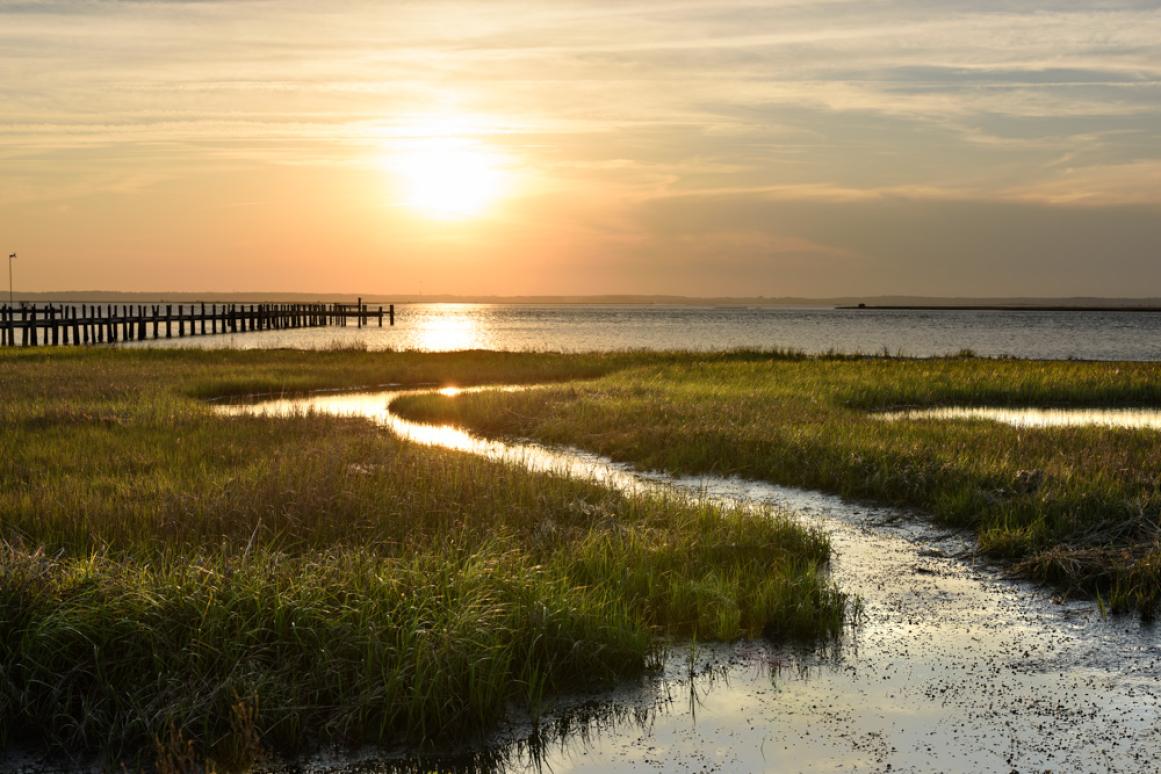World Wetlands Day: New HRI HydroEcology Lab Using Decades of Research to Keep Texas Wetlands Healthy

CORPUS CHRISTI, Texas — Wetlands play a vital role in our lives on the Texas coast and in coastal areas around the world. They help provide cleaner water, absorb damaging waves and flood waters from tropical storms and hurricanes, and provide important habitat for coastal fisheries like oysters, crabs, shrimp and sportfish.
Tuesday, February 2, is World Wetlands Day, a day when institutions around the world raise global awareness about the importance of wetlands to people and the planet. This year, World Wetlands Day is examining the role fresh water plays in keeping our wetlands healthy and functioning. Here at the Harte Research Institute for Gulf of Mexico Studies (HRI) at Texas A&M University-Corpus Christi, we’ve dedicated decades of research to studying the effects of fresh water on our coastal habitats. So much so that our resident expert Dr. Paul Montagna recently assumed a new role at HRI, retiring from his Endowed Chair for Ecosystems and Modeling, which he held for 15 years, to focus full-time on his environmental flows work as our new HRI Chair for HydroEcology.
Environmental flows is the scientific term for the natural movement of water through the ecosystem — Montagna has spent 35 years on the Texas coast researching the movement of fresh water through the coastal environment and the way it impacts life in our coastal bays and estuaries. As Endowed Chair for Ecosystems and Modeling at HRI, Montagna split his time between that work and work on other projects in offshore oil and gas research, deep sea work, conducting ecosystem assessments and even building mathematical models. But as he approached retirement Montagna realized his environmental flows work was at a critical point and deserved his full attention.
With a growing population in need of water sources to support a variety of human needs — water for drinking, business, agriculture and industry, Texas has a huge water problem. But as that water is removed from the environment it also stunts critical environmental processes on the coast, which is why it requires careful management backed by scientific research and data.
Without human intervention, all water from interior systems like rivers and streams would flow freely to the coast where it mixes with sea water to create our estuarine systems. That fresh water is what makes our bays so productive — the nutrients the water washes off the land and carries downstream drive the food chain that supports our productive fisheries; the sediment builds important habitats like marshes and wetlands, and keep our coast from eroding away; and the additional freshwater infusion dilutes the salty sea waters, creating brackish water conditions that support oyster reefs and nurseries for our fisheries.
There are regulations in the state of Texas that ensure that enough fresh water makes it to our coastal bays and estuaries, but it’s a relatively new concept, and Montagna said he hopes to use the decades of environmental data he and his team of researchers in the new HydroEcology Lab have collected along the Texas coast through patterns of dry and wet weather, along with the work of others, to give state environmental agencies the tools they need to set better regulations.
He also plans to synthesize his 35 years of environmental flow data and write a new edition of the book “Freshwater Inflow to Texas Bays and Estuaries” to make his data and conclusions about environmental flows available to others.
The work is a great example of HRI’s mission in action, Montagna said — using scientific research to help write better policy that solves real-world environmental problems.
“My role as a scientist is to come up with the tools, approaches, and the evaluation methodologies that can help the stakeholders on the ground,” Montagna said. “I wanted to use my career to solve this one big water problem. It’s a perfect example of what HRI is all about — we can make a difference.”
